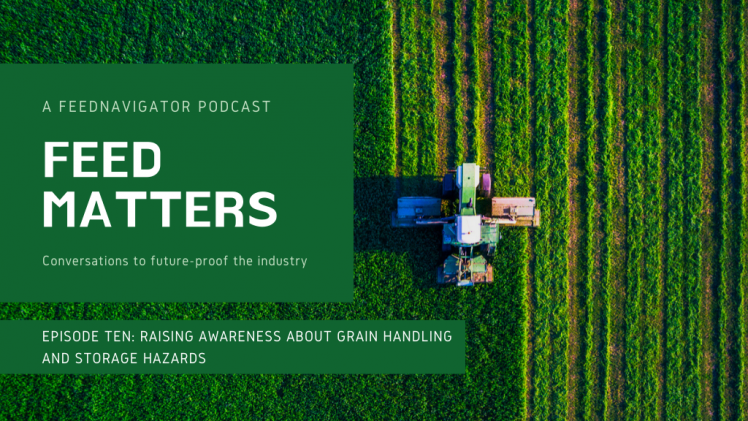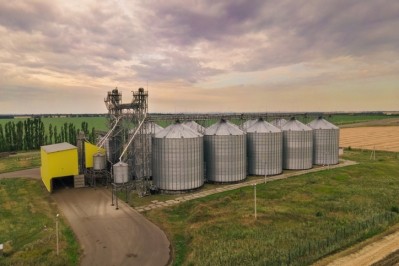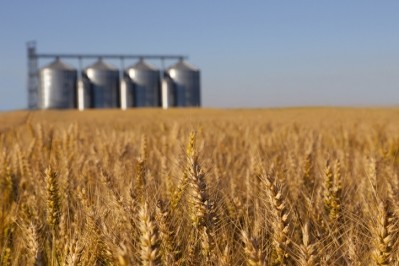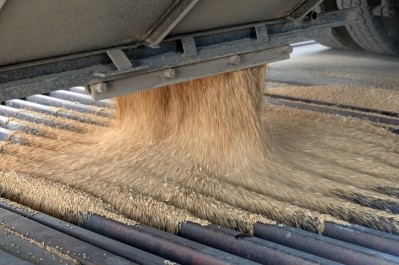Training initiative seeks to curb US grain industry fatalities

In 2019, there was a spike in fatalities in the grain and feed handling industry as the number of people engulfed in grain rose by 26.7% from the previous year, according to a report from Purdue University.
To combat this situation and reduce the number of injuries and deaths in the industry the US Department of Labor’s Occupational Safety and Health Administration (OSHA) has partnered with the National Grain and Feed Association (NGFA) to provide the Stand UP for Grain Safety Week running from April 13 through 17. The two organizations started collaborating on the annual event in 2018.
This year’s event has been adjusted slightly following the outbreak of the coronavirus COVID-19, said Kim Stille, regional administrator, US Department of Labor. Tools being provided for the event are either digital or set to take place at worksites.
“The value of these stand-up events, the whole purpose is to raise awareness of the causes of these mishaps and to prevent accidents and tragedies from happening – whether it’s engulfments or other grain-related mishaps, amputations, or falls,” she told FeedNavigator.
The organizations want "to highlight the importance of a proactive approach to preventing these tragedies, and most importantly to provide tools to employers, owners, supervisors, and employees themselves.”
The related programs will focus on best practices and how to implement and use safety measures, she said.
“In the first three months we’ve already seen at least five.. fatalities that have taken place in the Midwest from grain engulfment, on top of entanglements that have taken place,” she said. “We’re truly hoping 2020 does not continue the trend we saw in 2019 where there was a significant increase in the number of engulfments compared to 2018."
The goal remains to reach a point where there would be no fatal incidents or injuries for the industry, said Stille.
Industry challenges
There are several safety challenges that the feed and grain industry faces, said Stille. These include the increasing size of grain storage facilities and the use of new and automated equipment.
As grain handling sites adopt new technologies, training is needed to prevent those devices from adding risk for employees, she said. “We have to acknowledge that there is new equipment, new hazards, new processes that might be involved and take steps to educate ourselves and our workers to what those hazards might be, so they don’t materialize – so acknowledgment and recognition are key to the prevention and in turn the decline in the ultimate zeroing out of any injuries or fatalities.”
Delayed crop development and a wet harvest have also generated problems with grain quality, she said. “We were still harvesting grain due to wet conditions in December and we saw fatalities in December,” she added.
“A huge challenge associated with the industry is the weather itself – the grain quality of the grain is caused by weather,” she said. “It contributes significantly to the potential for the clumping of grain, which clogs that automated equipment whether it’s the auger, sweep augers or sump pump.”
Grain clumps can also hide air pockets that present a danger to employees entering grain bins or storage facilities, Stille said. “Continuous monitoring of the grain quality is a key component to the industry in ensuring the safety and health of the workers."
Safety precautions
One step that can be made to improve the safe handling of stored grain or feed is to not enter the storage bin, said Stille. “We’d love to see the day with zero entry, and no one ever has to enter the grain bin."
However, there are some situations when employees will enter storage containers, she said. In those instances, there needs to be an understanding of the potential hazards.
In addition, employees should not enter a bin without someone outside the container to watch the proceedings and pay attention, she said. “Secondly the equipment inside the bin – the auger, the sweep auger the sump pump – must be turned off and locked out.”
Moving equipment presents a risk of entanglement for employees and movement in the grain could lead to engulfment, she said.
Employees also need to be wearing a safety harness and a safety line that is attached outside of the storage container, and the air quality needs to be tested before anyone enters the bin, added Stille.











